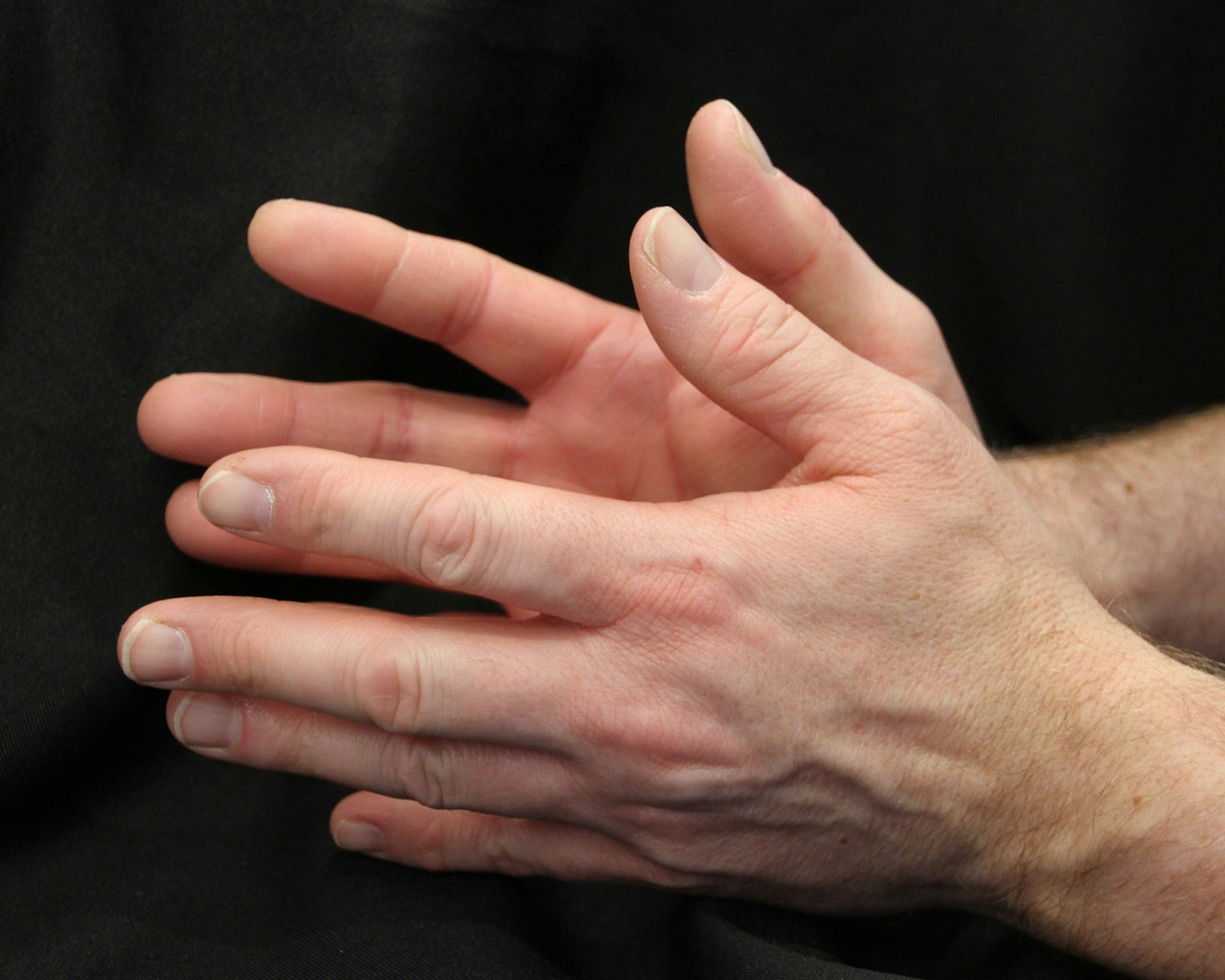Key Takeaways
• A Fox News reporter asked President Trump how he learned he was “dead” over the weekend.
• President Trump looked surprised and said he never heard the rumor.
• Observers noted his bruised hands and one-week absence from cameras.
• Reporters and influencers criticized the focus on the Trump dead rumor.
• Experts worry this keeps questions on his health and image alive.
President Donald Trump faced an odd question on Tuesday. Fox News reporter Peter Doocy asked how Trump found out he was “dead.” Trump blinked and said he did not know. That moment made the Trump dead rumor go viral. Yet no proof showed Trump was ever truly ill or dead. Instead, the rumor grew from his brief camera absence and bruised hands. Still, the viral moment shifted attention back to his health and public image.
Why the Trump Dead Rumor Spread
Several factors fueled the Trump dead rumor. First, Trump did not appear on cameras for a week. Fans grew curious and worried. Second, dark bruises showed up on both his hands. People linked those marks to serious health problems. Third, social media thrives on shocking claims. A viral post can spark a chain reaction in minutes. As a result, the Trump dead rumor found new life online.
Meanwhile, the rumor did not stay confined to unknown corners of the web. Major news outlets mentioned it. Social media influencers joked about it. Even some political commentators used the moment to question Trump’s fitness for office. Consequently, the rumor took a life of its own. It forced a response from the president.
What Happened at the Press Briefing
On Tuesday afternoon, reporters gathered in the White House press room. Peter Doocy stepped to the mic. He asked Trump how he learned about the reports that he was dead. Trump paused and seemed genuinely puzzled. He asked, “You see that?” Doocy repeated his question. Trump answered, “No.” He then fumbled for a reply. He said he heard about the rumor through social media but did not know it went that far.
Therefore, instead of squashing the rumor, Trump’s answer seemed to fan the flames. He insisted he felt “better than ever.” He pointed out he had done shows, interviews, and events all weekend. However, he never heard the death rumor until that moment. This exchange made many ask even more questions about his health.
Reactions from Reporters and Influencers
After the press briefing, social media lit up. Foreign affairs reporter Olga Nesterova said Trump sounded “incoherent.” Legal analyst Dr. Tracy A. Pearson joked that it was alarming to have full nuclear access under someone showing such confusion. Political writer Wajahat Ali noted that bringing the Trump dead rumor into the mainstream shifted focus back to Trump’s health and bruises. Comedy account Mueller, She Wrote’s Allison Gill quipped that Trump looked “puffier and oranger” than usual.
Progressive platform Call to Action declared that Trump’s response did little to calm fears. People also pointed out that Trump had posted on his own social platform over the weekend, claiming he “never felt better.” Some influencers sarcastically argued that the pre-recorded video proof meant he must already be dead. Others slammed Doocy for asking a joke question and ignoring his bruised hands and dark marks. As a result, the Trump dead rumor discussion stayed alive in news feeds.
What This Means for Trump’s Image
First, the whole episode highlights how fragile public image can be. A single rumor can shift the news cycle in hours. Moreover, a leader’s health always draws scrutiny. Even slight changes in appearance spark speculation. In Trump’s case, his bruised hands and short media fast gave people enough to talk about.
Second, the press gains power by asking sharp questions. Peter Doocy’s move forced Trump to react. Even if it felt like a softball, the question kept the Trump dead rumor front and center. This shows how reporters can shape the narrative.
Third, comments from experts and influencers can deepen the story. Their jokes and critiques kept people scrolling and sharing. As a result, the Trump dead rumor reached audiences who might never watch a White House briefing.
Moving forward, Trump’s team may handle media requests differently. They could avoid surprise questions or schedule more events to show he is well. Alternatively, they might lean into the rumors with humor. Either way, this moment underlines the challenge of controlling a story in the digital age.
Conclusion
The Trump dead rumor may have started as a prank or a hopeful rumor for some opponents. Yet it illustrates how quickly a story can grow when mixed with health worries and social media. President Trump’s puzzled reply helped the rumor gain even more attention. Observers and experts seized on the moment to question his health, focus, and public image. In the end, the Trump dead rumor may fade. However, it leaves a clear message: in today’s fast news cycle, no rumor ever truly dies.
Frequently Asked Questions
What sparked the Trump dead rumor?
A brief media absence and dark bruises on Trump’s hands triggered the rumor. Social media then amplified the claim.
Did President Trump respond to the rumor?
Yes. At a press briefing, he said he had no idea about it and felt better than ever.
Why did the rumor gain so much attention?
Reporters and influencers shared and joked about it. Plus, people stay curious when a leader’s health seems uncertain.
Could this affect Trump’s political standing?
Possibly. It shifts focus to his health and image, which may influence public opinion going forward.

